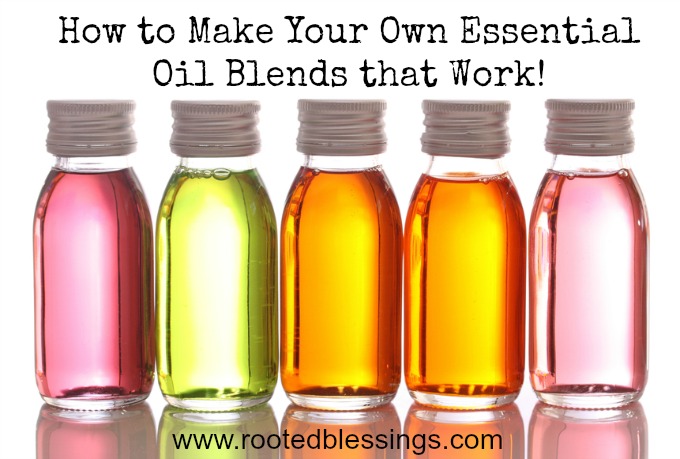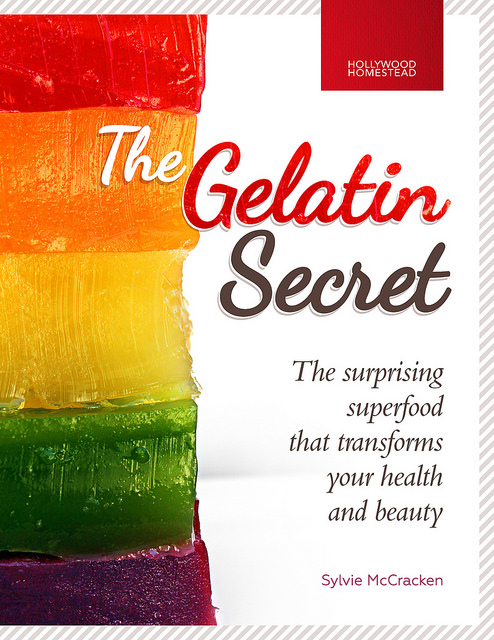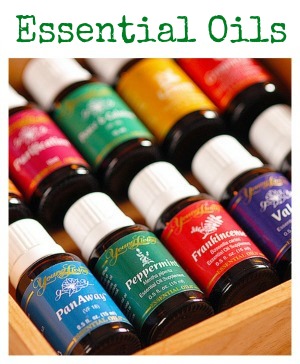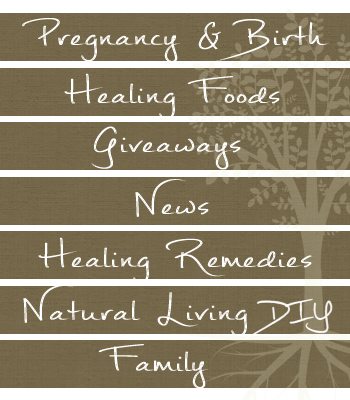Blending Essential Oils are Kind of Like a Symphony Orchestra
There is a proper way to blend essential oils. Typically, blending oils is more to enjoy the smell of the blend rather than therapeutic benefit. However, I believe that a fragrant smell can help you enjoy can also help aid the body to heal more quickly. The body’s enjoyment of the smell can be a good indicator that the body needs more of a specific oil. We see this a lot in Nutritional Therapy when we are perform something called a functional exam on someone. The foods and supplements that the body really needs often also really taste good to that person. Essential oils can often work the same way.
Blending essential oils is both and art and a science. It can be fun to research oils that you need for certain health benefits and blend them custom-made just for you!
To start out research oils that can be helpful for health difficulties that you are facing.
Once you have your list, gather your oils.
Do a little bit of research as to which category each oil is in. Take a look at the list below and find out which ones may blend together well and which ones may not.
Categories and examples:
- Floral – Lavender, Jasmine, Ylang Ylang
- Woodsy – Pine, Cedar
- Earthy – Oakmoss, Vetiver, Patchouli
- Herbaceous – Rosemary, Marjoram, Basil
- Minty – Peppermint, Spirmint
- Medicinal – Eucalyptus, Cajuput, Tea Tree
- Spicy – Nutmeg, Clove, Cinnamon
- Oriental – Ginger, Pachouli
- Citrus – Orange, Lemon, Lime, Grapefruit
And according to Aroma Web, oils that are classified in the same categories normally blend very well together. Although, you are open to experiment across categories and find scents that you enjoy these categories seem to blend well together.
- Florals blend well with spicy, citrusy and woodsy oils.
- Woodsy blends well with all categories.
- Spicy and oriental oils blend well with floral, oriental, and citrus.
- Minty oils blend with citrus, woodsy, herbaceous and earthy oils.
Now to the symphony part. Blending essential oils really is an art form. You can create a gorgeous perfume for yourself or you can create an amazing therapeutic blend or you could be doing both at the same time. Each essential oil has a different rate on which it evaporates causing your blend to smell differently at different times. When blending essential oils it can be important to blend together a base, middle and top “note” oil. Similar to a musical scale the base note is known to linger the longest, the middle note not quite as long as the base and the top note will evaporate most quickly.
I’ve included below some examples of oils that are top, middle, or base notes. You can click on over to Aroma Web if you are looking for some oils that are not listed.
Top Notes
Basil
Lavender
Lemon
Lemongrass
Peppermint
Spearmint
Middle Notes
Roman Chamomile
Clove Bud
Dill
Neroli
Parsley
Yarrow
Base Notes
Ginger
Vanilla
Sandalwood
Oakmoss
Frankincense
Myrrh
The rules listed here are not hard and fast rules. But, they are helpful to get started. It can be important to have all three “notes” on the scale in order to make sure your blend has a balanced aroma and each component can do its job. You may want to begin by blending just three oils at a time and seeing if you enjoy their smell and if their known benefits are right for the health ailments that you are facing. Use a small 2 ml bottle to begin. Or, start with small amounts like 5 or 10 drops so you don’t waste a lot of your precious oils.
Blending oils can be creativity at its finest. Use the rules above, but don’t let them get in the way of your creative flow. Allow the smells to guide you as you create the perfect blend.
Want to get started in essential oils, but don’t know where to start? Check out this starter kit where you can receive 10 essential oils that will help keep boost your families immune system! It is always important to purchase 100% pure and organic essential oils in order to experience their therapeutic benefit. A very small amount goes a very long way.
Much of this information is a condensed version found in a wonderful article on Aroma Web & from my Vintage Remedies training.
 Follow
Follow









This is an awesome post! Thanks for sharing!
Laura @Authentic Parenting recently posted…London with Kids: Kensington Park, Kensington Palace and Diana Memorial Playground
I’m going to pin this for later. I think it will be useful for soapmaking. But what does mint blend with? It looks like you are missing some information there. 🙂
Katie H. recently posted…Carrot Calendula Cold Process Soap
Yes ma’am you are right! I was missing a little bit of information. Thanks so much for catching that!
Hi,
What is PV? It says to stay an active member, you need to purchase 150 PV.
Hi Meredith. PV is the product volume. It is about dollar for dollar on most products usually. Where did you see that you need to purchase 150 PV to stay an active member? With Young Living you only need to purchase 50PV a year in order to stay and active member.